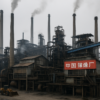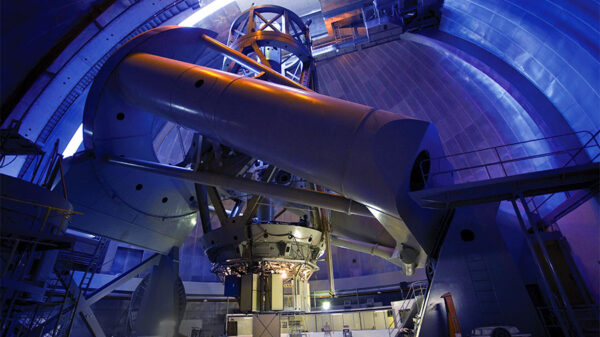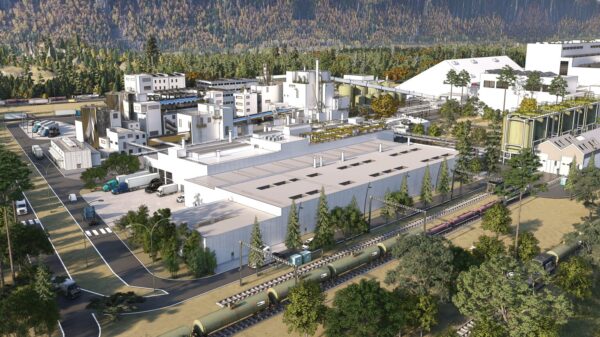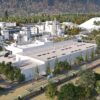Sociedad Química y Minera de Chile (SQM) (NYSE: SQM) has decided on taking an unorthodox rout to dealing with an oversupplied lithium market by continuing to build stockpiles of the battery metal when the market rebounds.
The company announced the interesting gamble on Friday. Having recently reported an 82 per cent drop in quarterly profit, the second largest lithium producer in the world said the excess inventory responsible for downward pressure on lithium prices is expected to continue this year.
This would keep prices under pressure and result in an increase in its own sales of only 5 to 10 per cent as global demands rises at least 20 per cent.
Continuing to lean into increasing output while buyers are still depleting inventories is a strategy that may prolong the glut in the long run, but the company’s gambit reflects a bet on buyers returning as underlying electric-vehicle demand continues to grow in the shift away from fossil fuels.
As some suppliers rein in spending and output, low-cost SQM continues to operate at full capacity.
An expansion in Chile has increased its lithium carbonate capacity to 210,000 metric tons, with annual company-wide production expected to reach 220,000 to 230,000 tons.
SQM anticipates stable prices in the short term and is more positive afterward.
At the end of the quarter (and year), SQM held $1.04 billion in cash and cash equivalents and carried $3.21 billion in long-term debt. The company’s balance sheet suffered from last year’s significant drop in lithium prices. By the end of 2022, SQM had $2.66 billion in cash and cash equivalents and $2.39 billion in long-term debt.
Read more: Lithium South Development expands production goals, updates PEA on Hombre Muerto lithium project
Read more: Lithium South Development updates leadership roster, appoints new director
Lithium producers unfazed by price decline
Throughout 2023, lithium prices experienced a sharp decline after reaching historical highs in late 2022. The main catalysts were the increased production capacity in the lithium industry and a slowdown in the growth of the electric vehicle (EV) market, partially caused by high interest rates. Lithium, which powers EVs through lithium-ion batteries, saw its prices fall as a result.
The resulting effects have been slowdown of production, but ironically could mean a boon for consumers in the form of cheaper EV’s.
After flying high for two years, the price of lithium carbonate has declined by over 65 per cent since January, according to Benchmark Mineral Intelligence.
“Prices peaked at over $85,000 US in November,” according to mining industry analyst Jean-Charles Cachon.
He highlights China’s removal of subsidies for electric cars, which resulted in sluggish sales and diminished interest in the greener alternative.
Cachon also noted that Chinese demand crashed in January of this year, having a downstream effect on lithium prices. It’s also not just lithium. Battery metals cobalt and nickel have also been hit.
Quebec Mining Association says that the sector is accustomed to the fluctuations in mineral prices.
“It may turn off some investors, but those who know how to read markets and predict future demand, I don’t think that will scare them off,” CEO Josée Méthot said.
Read more: Lithium South Development updates leadership roster, appoints new director
Lithium remains profitable for current producers
The downward trend in prices have caused some drop in some company’s shares but Trevor Walker, the chief executive of Frontier Lithium, isn’t particularly worried. He says that the production cost of lithium salts is only around USD$9,000 to $10,000 per metric tonne, significantly lower than current market prices.
“There’s some fear in the market, and softening in prices. The reality is it remains very profitable for current producers,” he said.
A few of producers still continuing with lithium production include Lithium South Development Corporation (TSXV: LIS) (OTCQB: LISMF) (Frankfurt: OGPQ) and Pohang Iron and Steel Company (POSCO) (KRX: 005490). These two companies forged a partnership to develop the Hombre North Lithium Project (HMN Li Project) in the Salta Province of Argentina, where both companies have significant operations.
Lithium South Development Corporation is a sponsor of Mugglehead News Coverage
.
joseph@mugglehead.com














